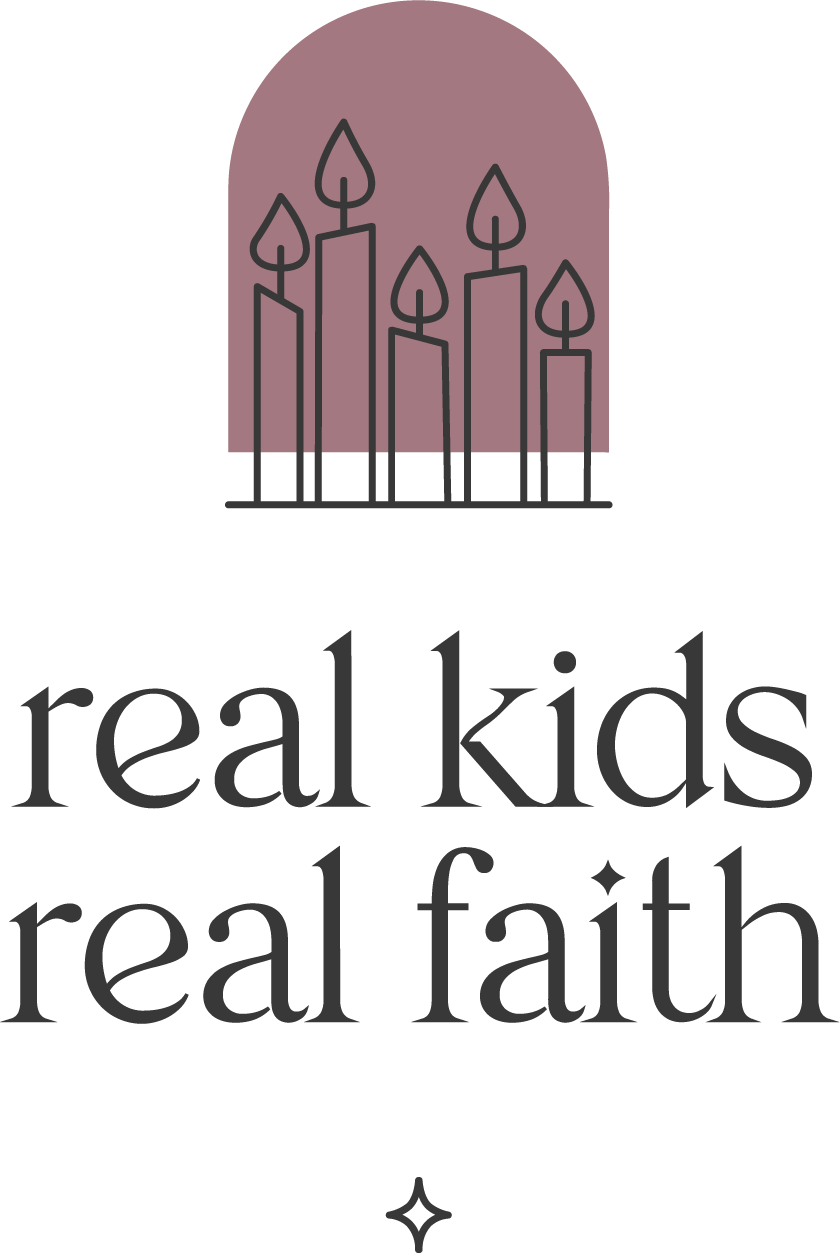As global leaders gather in Glasgow to discuss climate change, one message is clear: environmental justice isn’t just a trendy message. It’s a movement crucial to our children’s well-being. Youth like Greta Thunberg are already calling for environmental justice, but what about young children? Can preschoolers be environmental activists?
Educator Ashley Chu says yes. In fact, she says that starting early is crucial if we want to save the planet. Young children are able to understand the basic idea that a clean earth is good for everyone. That’s why they eagerly participate in family recycling projects and remind others not to litter. Cleaning up – whether toys, trash, or dishes – is a familiar part of their routine. They may not always feel like it, but they understand it matters.
Preschoolers also respond to simple instructions that help preserve resources. Reminders to turn off the lights, shut off the water, or close the door are easy to follow. In fact, most parents know how quickly young children turn those same statements back on us when our practices grow lax. They can be sticklers for rules, a sign of early moral reasoning that expects everyone to follow social norms.
However, parents can do more than institute family rules and recycling practices. Chu suggests that we also adopt a systematic approach to creating young environmentalists.
First, parents can help preschoolers better understand environmental issues. While drinking a glass of water or washing hands, talk about why clean water is important. Ask: Why do you think we need clean water? How would you feel if this water were dirty? Then explore how water becomes polluted by asking, Can you think of some ways water gets dirty?
Second, name systemic as well as individual contributions to climate change. Young children focus on individual actions, but governments and corporations are also culpable for global warming. Tell children about how cities struggle to find enough space for all their garbage and sometimes that means trash ends up in our water. Ask: How can we protect the water?
Third, highlight the varieties of people who are environmental activists. Help them see that people all around the globe are working to take care of the earth. Storybooks and videos are the easiest ways to introduce diverse activists. Check out these resources:
- The Water Walker
- Young Water Protectors: A Story About Standing Rock a book by Aslan Tudor, Kelly Tudor, and Jason Eaglespeaker
- Sense of an Ending: Picture Books as an Entry to Activism
- Wangari’s Trees of Peace: A True Story from Africa a book by Jeanette Winter
- 5 years into water crisis, Little Miss Flint hasn’t given up l GMA
Fourth, encourage children to share what they have learned with others. Draw posters depicting environmental justice messages and place them in your windows. Invite your child to dictate part of a letter to city leaders about better trash disposal. Join with other activists to protest for better laws to keep our water and air clean. These experiences help children see that they can make a difference, even though they are small.

Comments